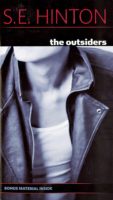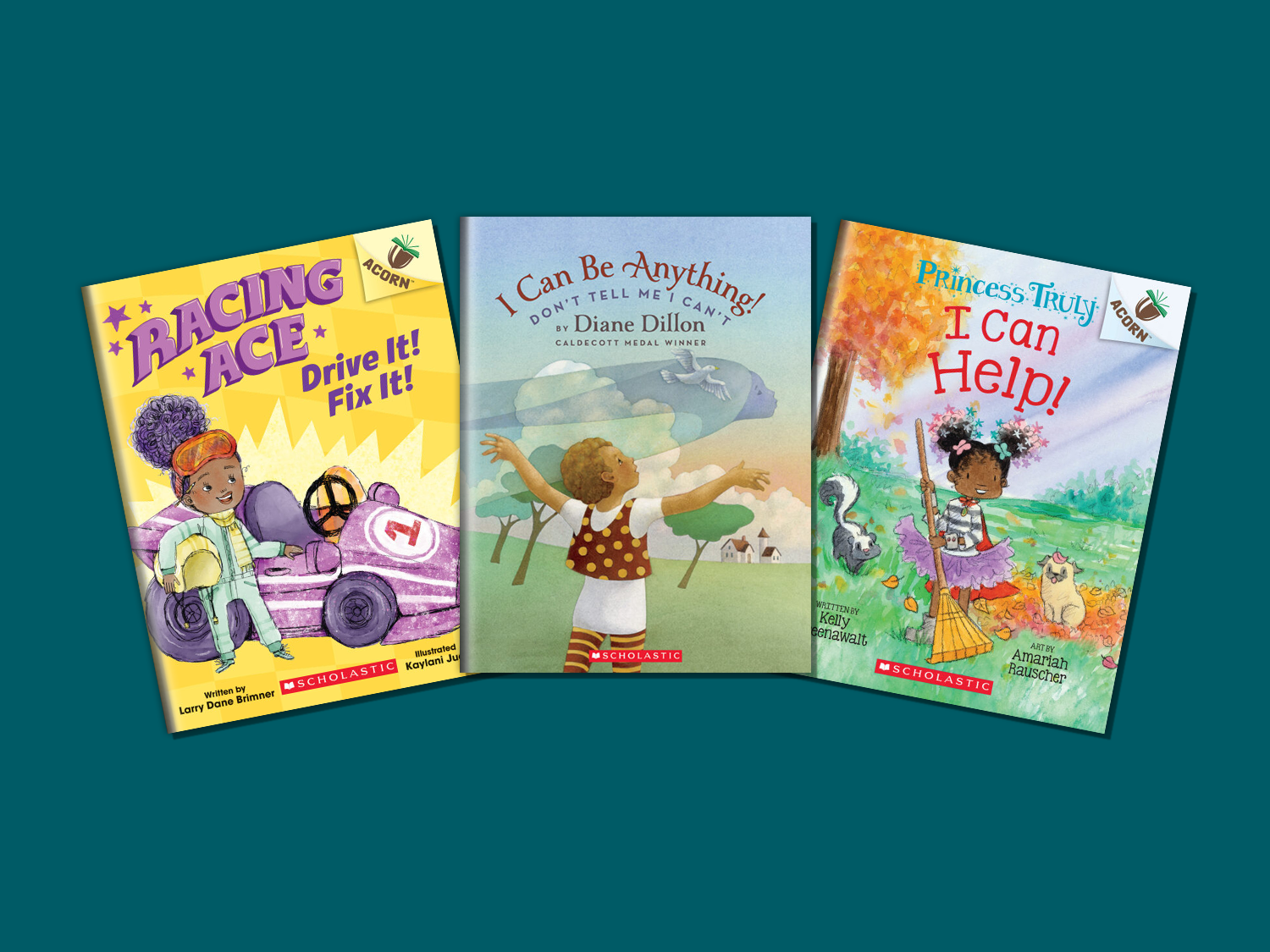8 Questions Effective Book Reports Should Answer
Challenge higher grade students to write critically about literature with an old-fashioned book report.
Book reports may be a staple of elementary and middle school education, but they are far less frequently assigned in the higher grades. High school ELA teacher Nancy Barile thinks that should change. Students in 6th grade and above can learn a lot when they are challenged to use higher order thinking skills to understand and interpret the literature they read via a good old-fashioned high school book report template.
To start, Barile recommends that students choose the books they want to write about themselves—with teacher approval, of course. See the book list at the end of this article for engaging young adult titles and book report ideas, including books with thematic elements that are particularly appealing to older readers.
Writing the Report
To structure the book reports, Barile recommends eight sections of analysis that will “require students to provide evidence of their choices and reasoning, which helps them think more deeply about what they have read.” For each section, students should give examples from the book to back up their analysis. The below book report template can help.
If your students need to review the elements of fiction before beginning this assignment, Teaching Powerful Writing is a great resource. This collection of personal narratives and writing activities highlights different writing techniques and covers literary elements such as voice, using flashback, and point of view.
Book Report Breakdown
1. SETTING
Students should identify the setting of the novel and explain why the setting is important.
- How are the time and place significant to the events of the story?
- How does the setting contribute to the overall meaning of the novel?
2. CHARACTERIZATION
Beginning with the protagonist and then moving on to the supporting characters, students should discuss the characterizations in their novel.
- Is the character well-developed, or are they a stock or stereotypical character?
- Is the character static (unchanging throughout the story) or dynamic (changes by the end of the novel)?
- What personality traits does the character possess, and how does this affect the outcome of the novel?
- Do the character's inner thoughts and feelings reflect their outward actions? Explain.
3. POINT OF VIEW
Students should identify the novel’s point of view and why it is significant.
- What advantages does telling the story in (first person/second person/third person) have? Why?
- Why do you think the author chose this point of view?
4. CONFLICT
What is the primary conflict in the novel? Is it human vs. human, human vs. nature, human vs. society, or human vs. themselves? Your students should delve into conflict much more deeply than they may have in the past. If their story has more than one major conflict, they should detail the additional conflicts as well.
- Explain the conflict and how the protagonist deals with it.
- Does the protagonist overcome the conflict? Or do they succumb to it?
5. THEME
Students should identify the theme of the novel and the specific meaning of the book they chose. They should avoid stock themes such as “Don’t judge a book by its cover” and think more critically on their author’s message.
- What was the author’s purpose in writing the book?
6. SYMBOLS
What are the symbols in the novel and how are they significant?
- How do the symbols help develop the story and contribute to the overall meaning of the book?
7. FORESHADOWING
Students should identify the foreshadowing in their novel and give examples from the text.
- Did you know what was going to come? Why?
- Were there any hints as to what might occur?
- Why do you think the author chose to use or not use foreshadowing?
8. ENDING
Finally, students should evaluate the ending of the book.
- Was the ending justified? (Was the ending viable and believable?)
- Was it a satisfactory ending that fit the rest of the novel?
- Was there a catharsis of some kind? Explain.
If your students follow this structure in their book report, it will help them explore each of the elements of fiction in a very specific way. As Barile discovered in her decades of teaching: “Students who explain, interpret, and synthesize what they have read gain a deeper understanding and appreciation of literature.”
Shop great classroom titles for book reports below! You can find all books and activities at The Teacher Store.
This realistic novel was written by a first-time teen author no older than the characters she depicted. The story remains as hard-hitting and important today as when it was published in 1967.
Celebrating the way that books and stories unite people in the face of tragedy, this haunting, weighty, and transformative book is impossible to forget.
A story of survival and of transformation, this riveting book has sparked many a reader's interest in venturing into the wild.
When a sudden tragedy forces Esperanza and Mama to flee to California during the Great Depression, and to settle in a camp for Mexican farm workers, Esperanza isn't ready for the hard labor, financial struggles, or lack of acceptance she now faces.
Set during one of the most tumultuous years in recent American history, one crazy summer is the heartbreaking, funny tale of three girls in search of the mother who abandoned them—an unforgettable story told by a distinguished author of books for children and teens, Rita Williams-Garcia.
Full of a joyful, defiant spirit and writing as luscious as a Brooklyn summer night, Shadowshaper marks the YA debut of a bold new voice.
Sometimes heartbreaking, sometimes deeply joyous, The House on Mango Street tells the story of Esperanza Cordero, whose neighborhood is one of harsh realities and harsh beauty.
Young Black 16-year-old Steve Harmon, an amateur filmmaker, is on trial for the murder of a Harlem drugstore owner and could face the death penalty. Steve copes by writing a movie script based on his trial. But despite his efforts, reality is blurred until he can no longer tell who he is or what the truth is.
Hazel Lancaster's mom thinks she's depressed. And Hazel agrees. But as far as the 16-year-old sees it, her depression is a mere side effect of dying from the stage IV cancer she's been battling for years.












